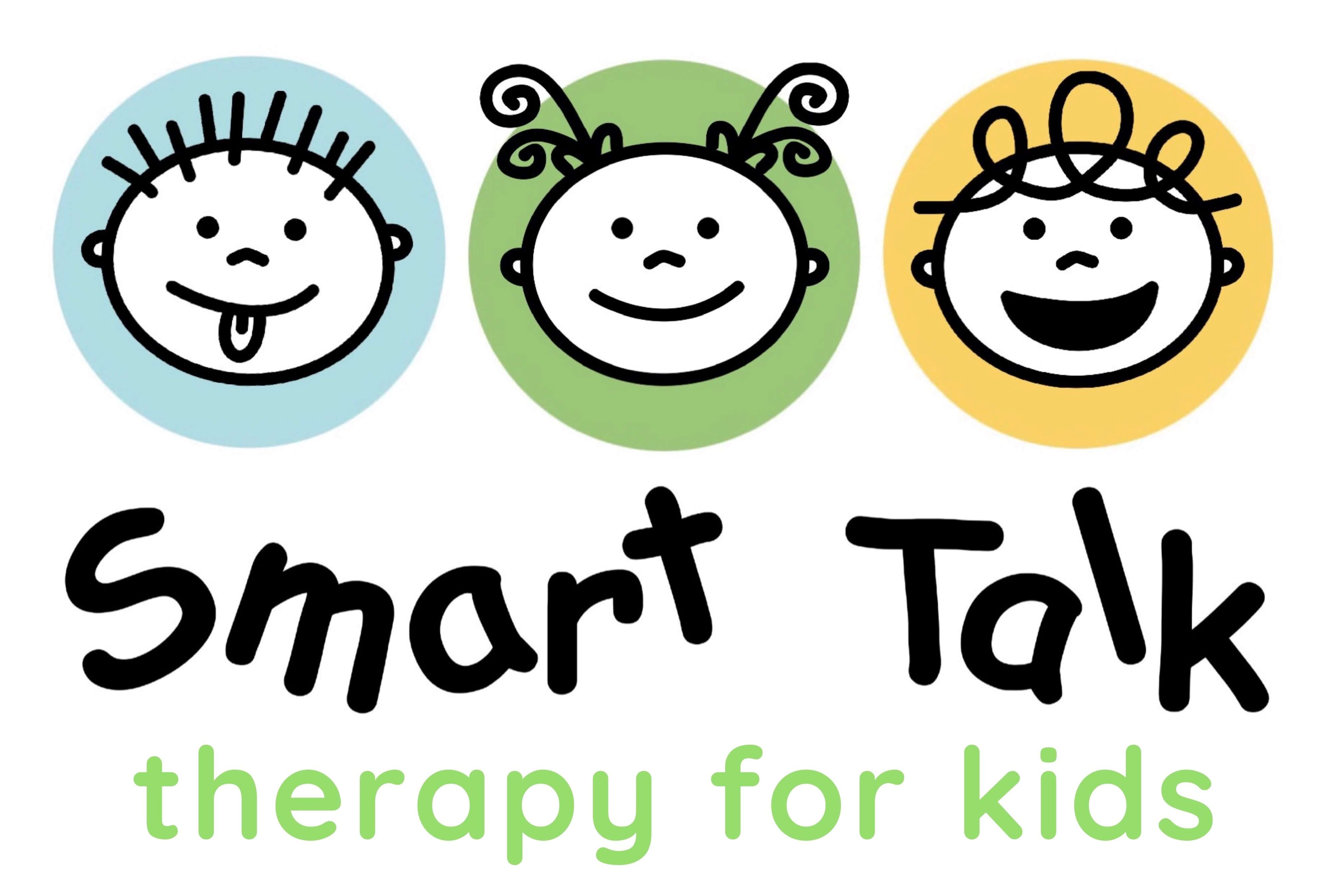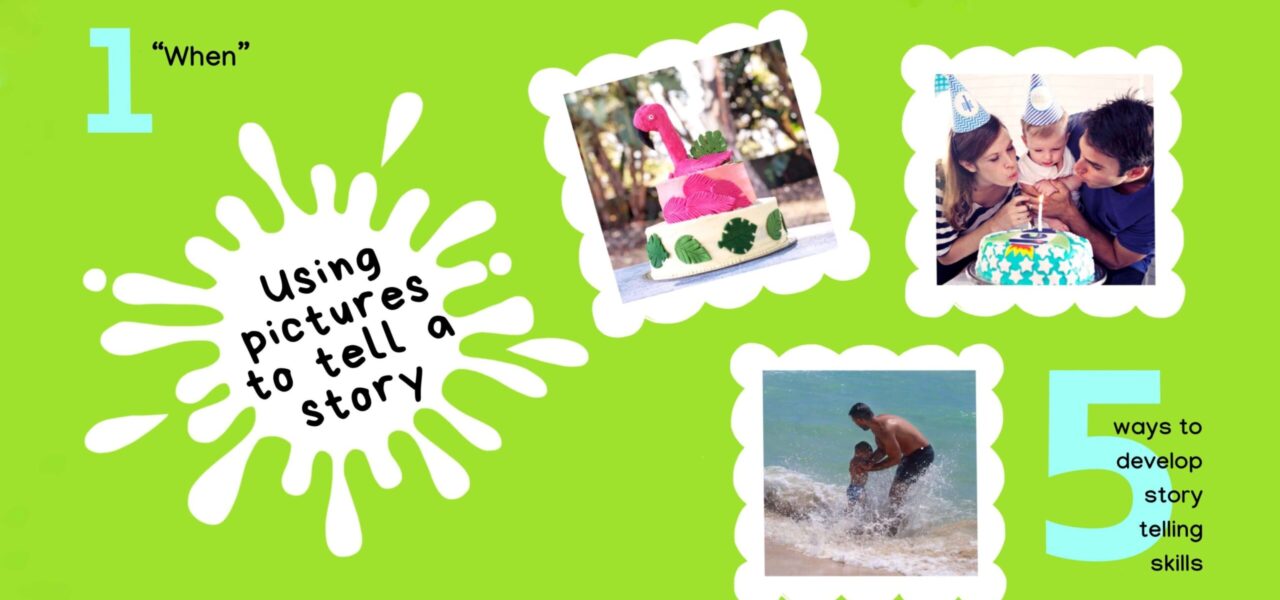How To Develop Storytelling Skills
Do you ever get sick of asking what your kids did at school and getting a reply of “nothing!” Or, even worse, going on an exciting holiday and getting them to tell people what they did and they reply, “I don’t know”. It kind of makes you think you might as well have just popped them in a packing box with bubble wrap and saved yourself the money. Well, before you pull out the bubble wrap, here are some ways to develop storytelling skills and why it’s important.
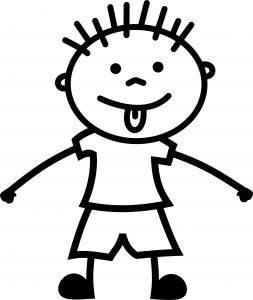
In our visually overstimulated lives our kids “see” stories and get less practise “visualising” (seeing it in their mind) and “verbalising” (saying it out loud) so when they need to retell an event they can’t match the “mind pictures” to the “words” quickly and revert to “I don’t know” or “you know” or “nothing”. I personally spend a large chunk of my life listening to random facts regurgitated from YouTube or blow by blow accounts of Minecraft but when it comes to something that happened on the weekend it takes a bit more prompting.
Storytelling skills are an important skill because they are a bridge to literacy. And so here is a blog post that will hopefully help your kids to happily cross that bridge and actually TELL you about their day instead of a monologue about how to play Minecraft or unwrap LOL girls- unless of course you like that stuff and then you may need therapy.
Here’s the “speechie” info on storytelling skills (don’t tune out it gets witty again- at least I think it does). Written language is far more complex than our everyday spoken language, it requires more sophisticated vocabulary, sentence structure and organisation. But how can you get kids to develop these storytelling skills? Well, the cool thing is that telling stories, yes storytelling, is that link from everyday spoken language to more formal writing.
And if you need some more evidence here are just three awesome research benefits of storytelling;
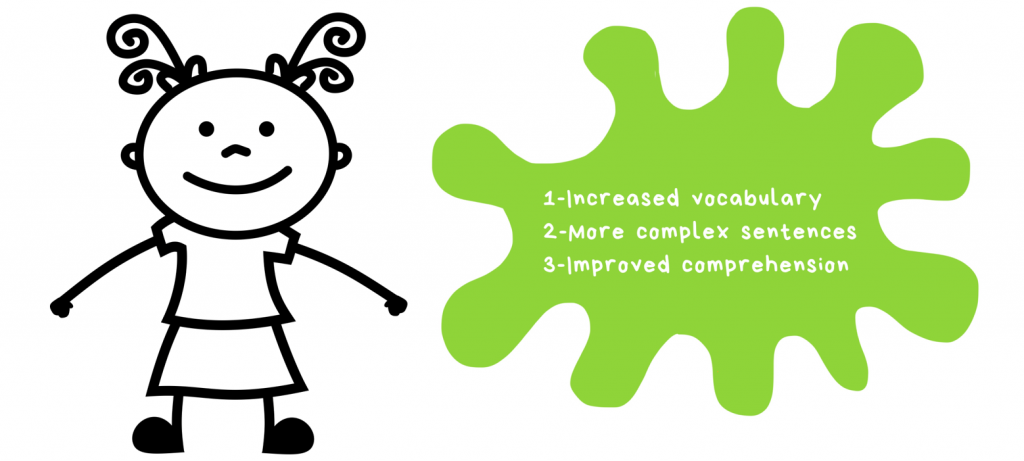
- Increased vocabulary as they “try out” new words
- More complex sentences as they link ideas to tell stories
- Improved comprehension when frequently exposed to stories.
However, if your kids are anything like most kids they love the visual stimuli of iPads and TV but are less interested in verbal stimuli. They are more likely to watch a story than to listen to or tell one.
To quote a cliche “Rome wasn’t built in a day” and here is the first of 5 ways to develop storytelling skills:
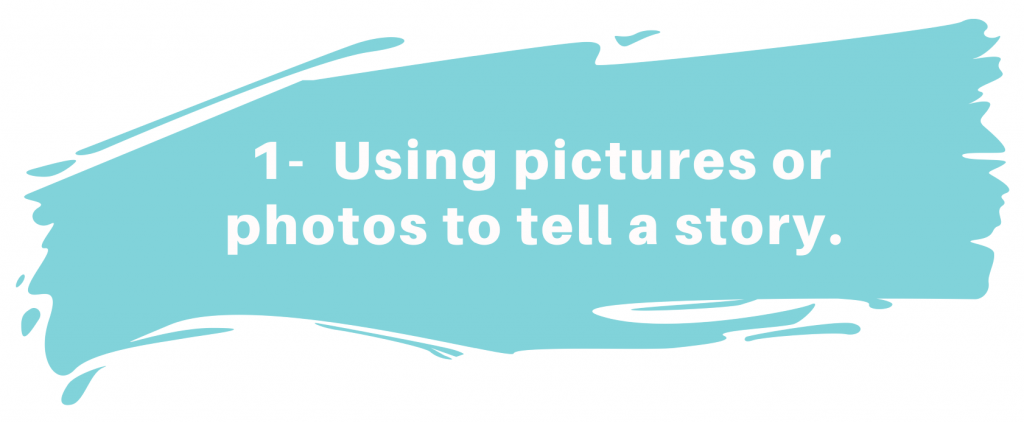

Our digital native offspring are well versed at images. And before you think I’m one of those “hark back to the good ol’ days” types- I’m not. I think technology is amazing, I think our kids will need to navigate this visually rich minefield and are going to be well equipped.
So let’s use their strengths of being bombarded by images to tell their own story.
One of the great things about photos is you can refer to “when” they happened. Early storytelling such as news starts with when such as “on the weekend”, “on my birthday” even traditional stories start with when such as, “once upon a time”.
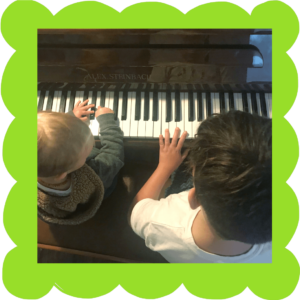
Even though “when” is a traditional start to the story, this is actually a difficult concept for most children. They often have no concept of time, no idea how long a week or 5 minutes is.
They need to anchor it with things they DO know such as 5 sleeps, when the sun is up or when Paw Patrol ends.
They understand opposites such as day and night. Or they link the “when” to an event eg when it was my birthday or Christmas.
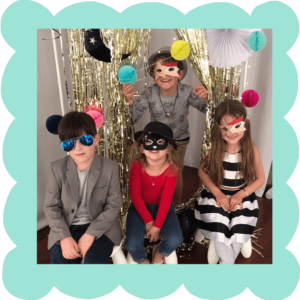
Establishing time helps “set the scene”. This helps “visualise” the story.
Using the photo as a bounce off to the story helps them recreate the scene in their heads (like a movie). “This was when you were at Nana’s, remember you played her piano and played Hansel and Gretel with her”.
Here’s the cool thing, you have all these photos already on your phone and if you don’t have photos of your kids on your phone, are you even a parent?
Because I’m a self-confessed snaparazzi mum, I have a billion photos of my kids ranging from super adorable to grotty.
However, every now and then I like to make it old school and print our photos from my phone. My husband even commented that “Although photos around the house are a bit cheesy, I do like them”.
This way we can actually hold the picture and discuss it more
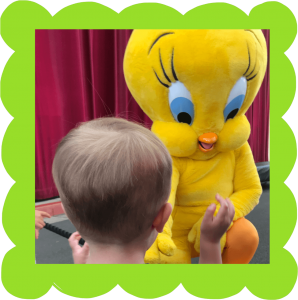
fully, add information to it such, as, “This was when you were a baby” or “This was when we flew to see Nana Tina and went to Movie World- remember Tweety danced with you.
That was so fun!”
To recap “when”
- Label “when” when looking at photos
- Ask “when” questions
- You can always use alternatives if they aren’t sure eg “at night” or “daytime”
Stayed tuned for post two where I discuss how to use car drives to establish “where” in a story.
